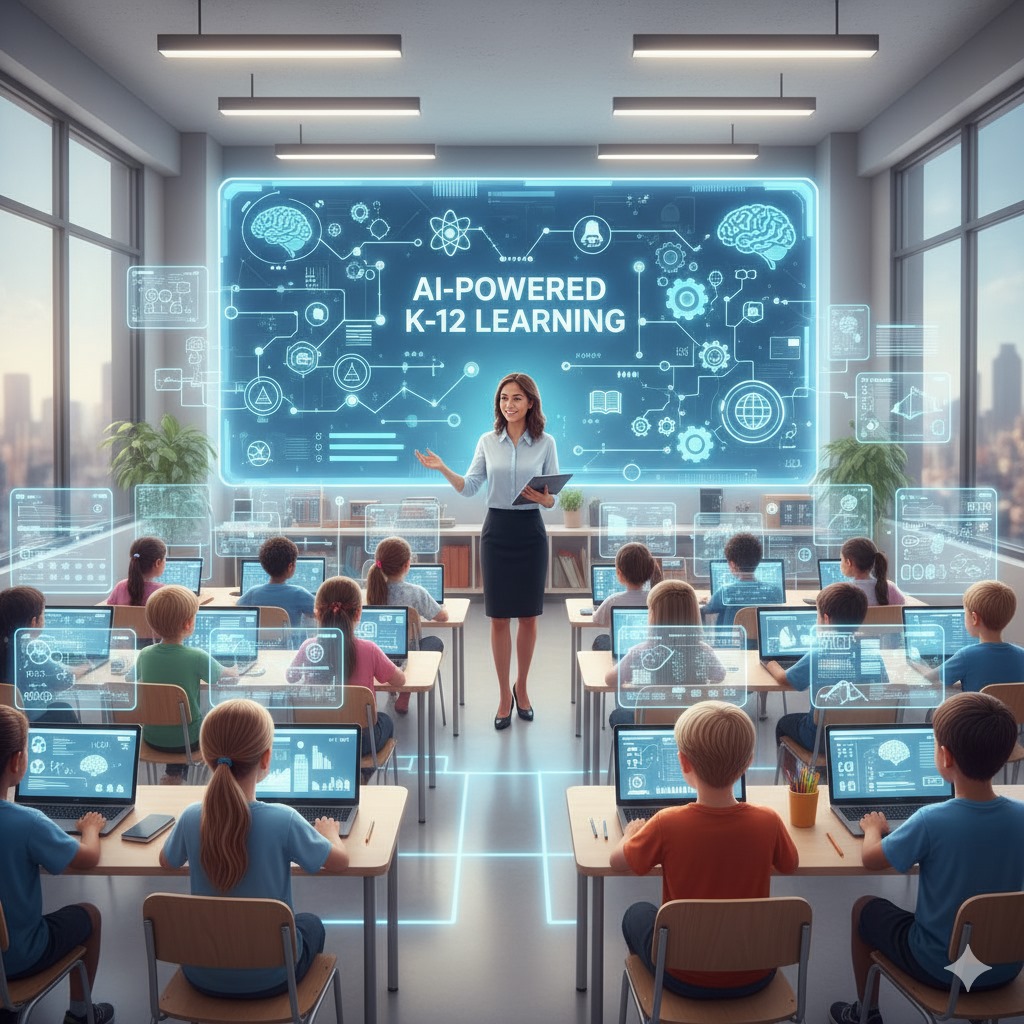AI-Powered Personalized Education Platforms: A Game Changer for K-12 Learning
The rise of artificial intelligence (AI) in education is reshaping how students learn, particularly in the K-12 sector. AI-powered platforms are now tailoring educational experiences to individual needs, leading to improved outcomes and fostering a new era of personalized learning.
The Need for Personalized Learning
Traditional education systems often struggle to address the diverse learning styles and paces of individual students. AI-driven platforms solve this by adapting content and methodologies in real time, ensuring that each student receives a customized learning path.
For example, platforms like Carnegie Learning and DreamBox use AI to analyze student responses and adjust lesson difficulty dynamically, making learning more engaging and effective.
How AI Personalizes Education
AI leverages data analytics and machine learning to:
- Identify student strengths and weaknesses.
- Recommend targeted learning resources.
- Provide instant feedback and assessments.
- Adapt teaching methods based on real-time performance.
This level of personalization ensures students remain challenged yet not overwhelmed, fostering better retention and comprehension.
Impact on Educational Outcomes
According to recent studies, schools adopting AI-powered platforms report:
- Higher test scores.
- Increased student engagement.
- Reduced dropout rates.
For instance, a pilot program in a California school district saw a 15% improvement in math scores after integrating an AI-driven learning tool [1].
Risks and Limitations
While the benefits are clear, challenges remain:
- Data privacy concerns.
- Dependence on technology infrastructure.
- Potential bias in AI algorithms.
Educators and policymakers must address these issues to ensure equitable access and ethical use of AI in classrooms.
Actionable Steps for Schools and Businesses
To leverage AI in education:
- Invest in scalable AI platforms.
- Train educators on AI tools.
- Partner with tech providers for seamless integration.
Schools can start small with pilot programs and scale based on results.




